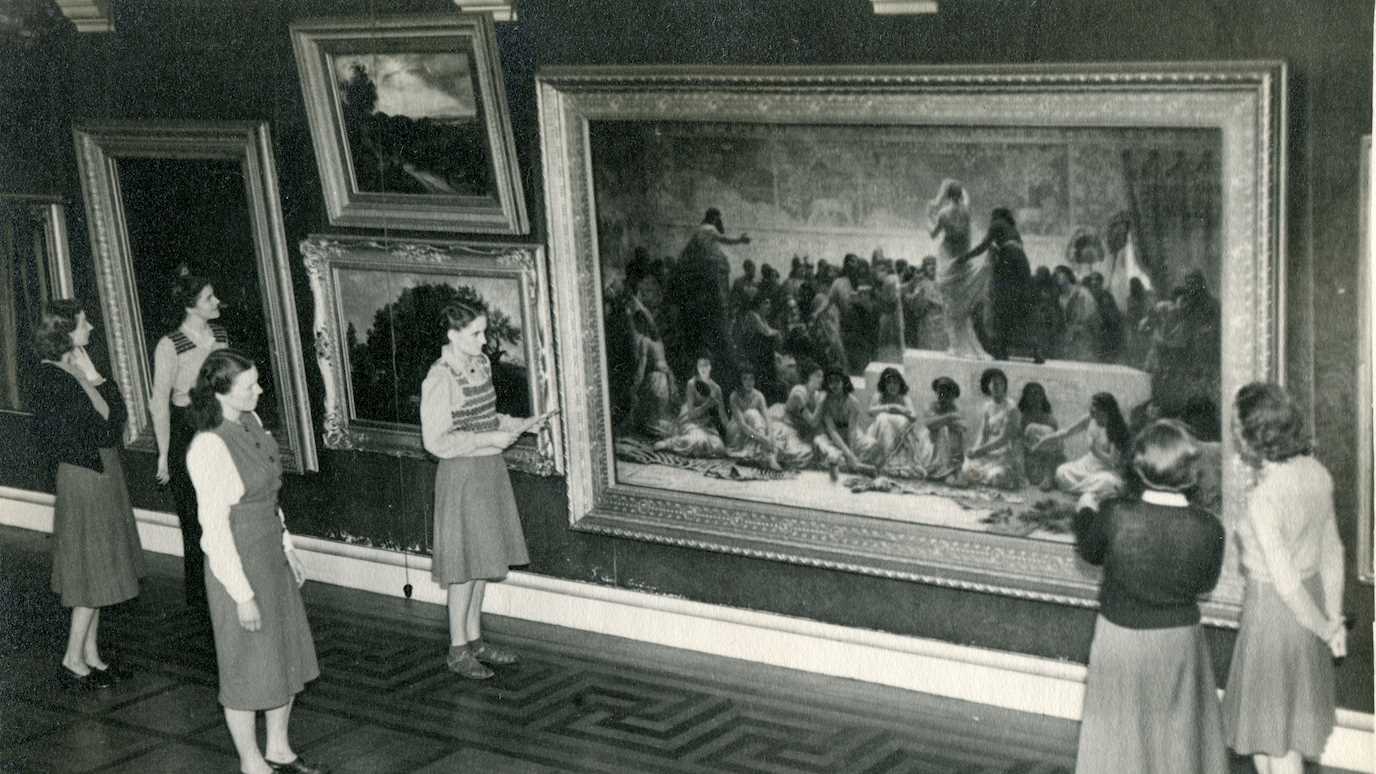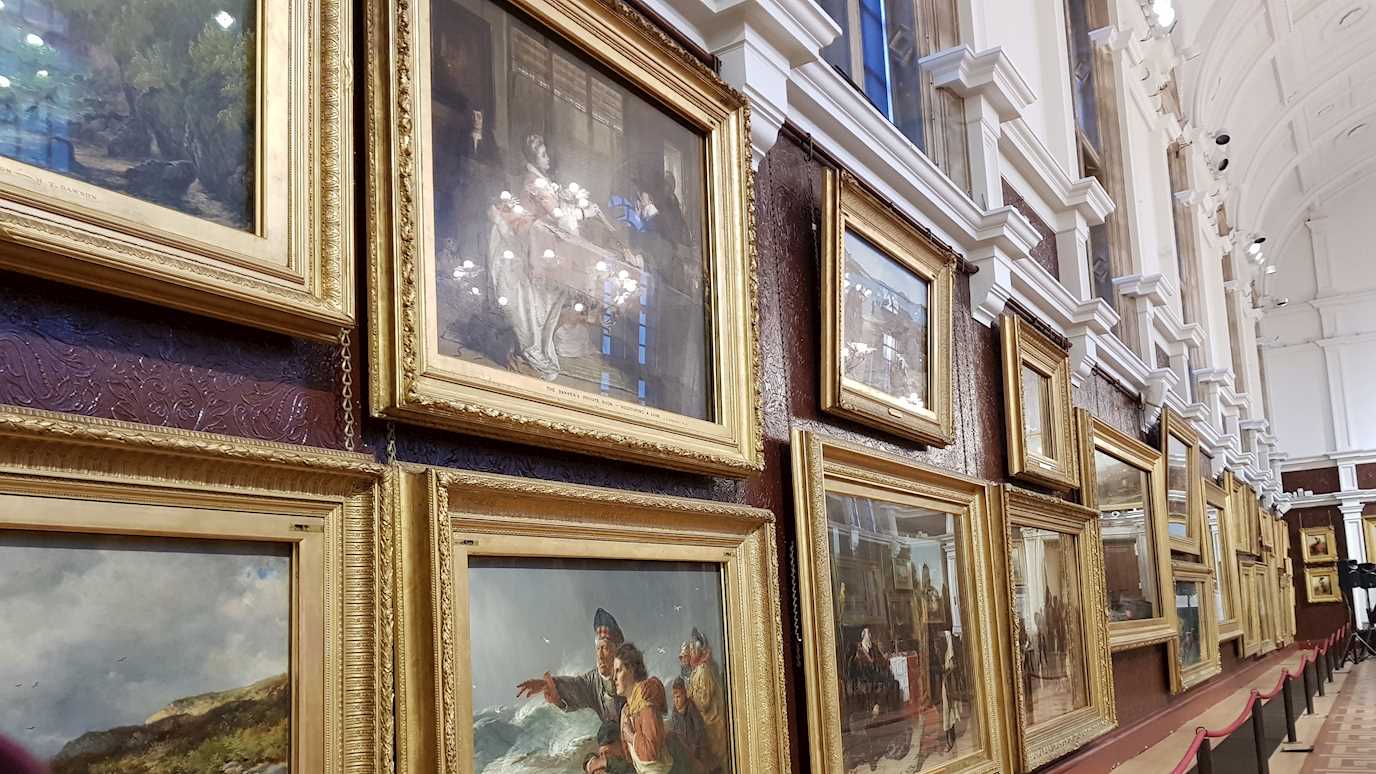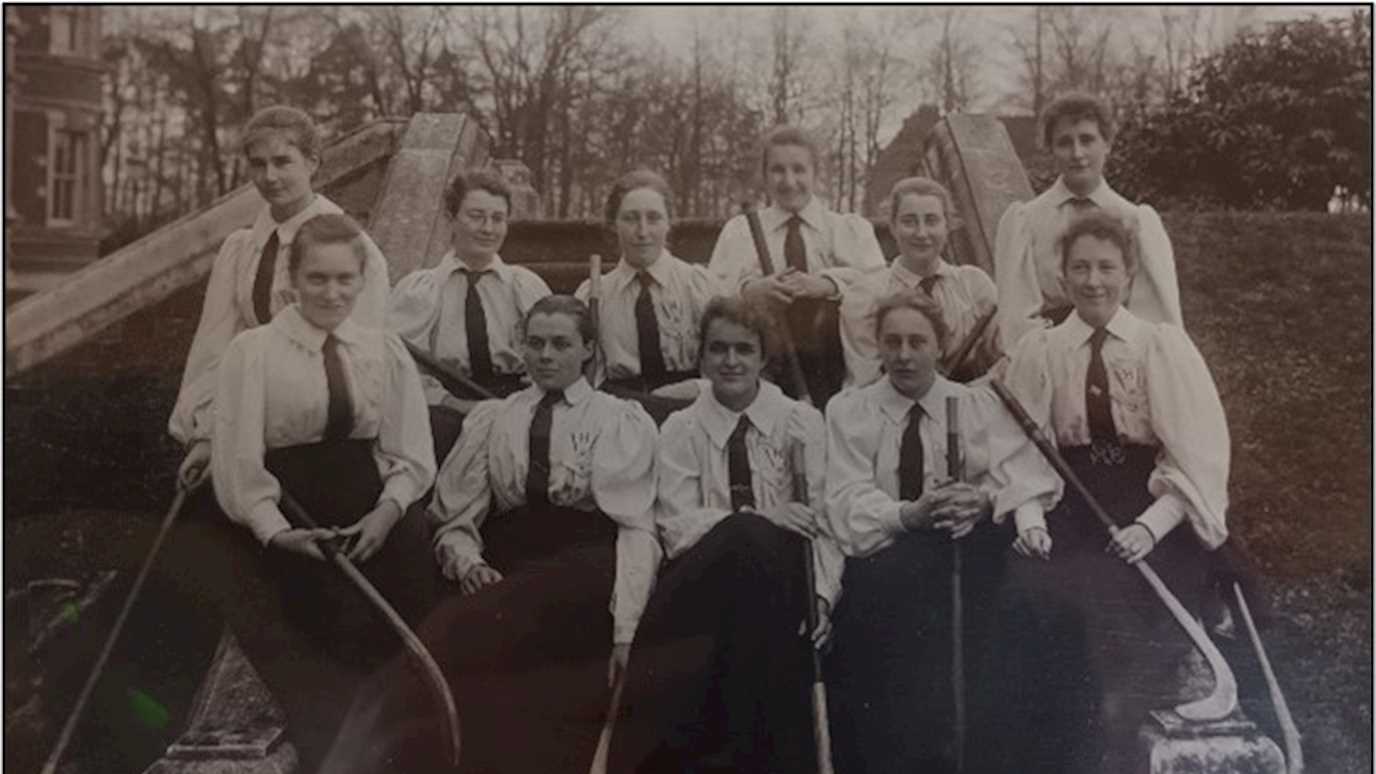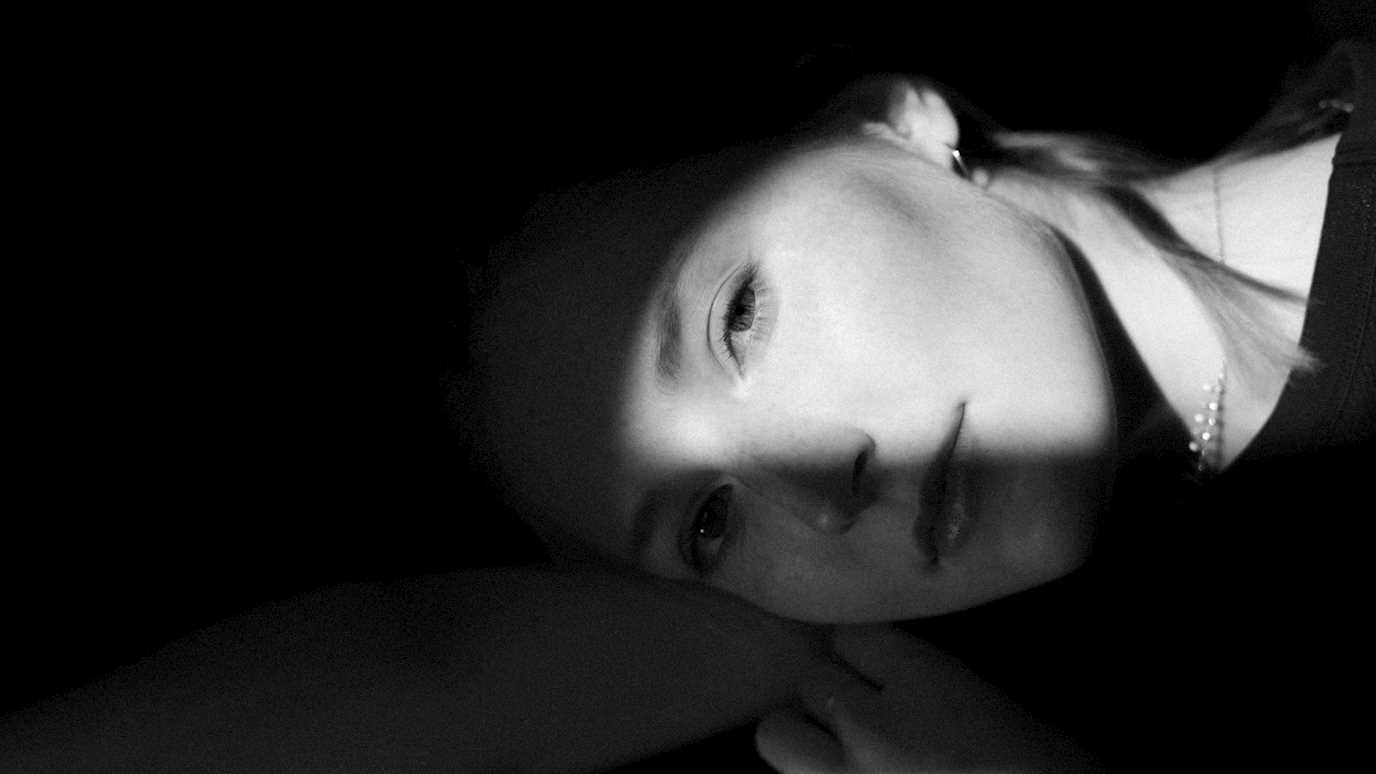This year marks the 175th anniversary of Bedford College, one of the two women’s colleges that came together to form Royal Holloway University of London in 1985, the other being Holloway college (Royal Holloway, 2018). This pioneering institution was founded by Elizabeth Jesser Reid in late 1849 (Tuke, 1939, p.28), the opening of which had been Reid’s dream since she was a child (Tuke, 1939, p.3).
Before this point, women’s education leant more towards domestic duties, and, if they were educated, it was never to the same level as a man would be. From 1800 to 1914, working class girls might have gone to some type of school when they were young, such as a Sunday school, a factory school, or a charitable school (Purvis, 1991, p.11), as they were expected to engage in paid work, whilst middle-class girls would develop their “ornamental knowledge” in order to impress suitors (Purvis, 1991, p.64) – and this would take place in boarding and day schools. However, when it comes to higher education, at the beginning of the 19th century women were largely denied access. Even in the late 19th century there were still individuals arguing that “higher education would cause intellectual strain and even physiological damage to women” (Dyhouse, 1995, p.191). Despite this, Reid pursued her dream, and students began studying at Bedford College from October 1849 (Bentley, 1991, p.3).
It is tempting to discuss the college as a whole, as it has a very interesting and exciting history, however that has already been done by scholars much smarter than I, so I decided to focus on only one aspect of the college’s history for its anniversary. Being a Classicist myself, one of my favourite collections from Royal Holloway’s archives is the photographs from the many classical plays performed by the women of Bedford College. Classics is often known for its reputation as an elitist subject studied (and moulded by) by men throughout history. However, the studying of classics by women in the 19th to the 20th centuries provided an “intellectual proving ground” where women could “show themselves worthy of a university education” to those who doubted them (Jones, 1944, p.326). This was made especially clear in 1887 when Agnata Frances Ramsay achieved the highest honours in the classical tripos at Girton College in Cambridge, something which no man had done before (Jones, p.342). With this in mind, I wanted to showcase the archive’s photographical collection of classical performances at Bedford College, which portrays classical education in this period in a fantastically joyful light.

Figure 1: Bedford College women performing Iphigenia in Tauris by Euripedes (1887), Ref. BC PH/6/2/1
Figure 1 depicts four women in a performance of the Greek drama Iphigenia in Tauris by Euripides. This was the first Greek play to be presented by the students at the college, and it was performed in the original language (Bentley, 1991, p.17). One of the great things about these photos is how the students used costume and make-up so women could portray men on stage – a complete reversal of how men would dress up and act as women on stage in ancient Greece. The beards used here look better than some fake-beards I’ve seen in modern performances! These gender-swapped performances were described by one reviewer in The Times as “very unclassical” yet “fully justified by the excellent result” (ibid.). The students performed these plays so successfully that The Times also wrote that they “should certainly be some consolation to the advocates of the old-fashioned idea of literary culture” (ibid.).

Figure 2: Bedford College women performing Antigone (1903), Ref. BC PH/6/2/3/3
Figure 2 is a photograph from a later performance of Antigone, a Greek tragedy written by Sophocles in 5th century BC. What really catches my eye in this picture is the scale of the production – this is quite a big cast of characters! There are some fantastic examples of set here as well, such as that little Greek-style pot and plant at the front, and we can see the wider room that this performance was staged in – the arch at the back, which appears to be an original feature, fits in very well with the ancient style. They’ve also managed to artfully create an aged old male character out of a young female student (second row, fourth from the right), as well as two (painted) bearded guards at the top of them all! Sometimes, when we view photos from a different era, there is a formality and starkness to the featured individuals, but from these photos you can see more of their personalities, this is obviously something that all the women put a lot of time and energy into, just for their own enjoyment.

Figure 3: Bedford College women mid-performance, Ref. BC PH/6/2/5/21
I think nothing sums up my last comment like figure 3, which appears to be a mid-performance photograph from a Greek play (unfortunately we do not know which one). One character is being led away by two guards, whilst two characters look longingly towards them from the middle of the stage, and to the far left we have someone who looks very smug about the whole situation. There is such a liveliness to this photo that really captures the wonder of these performances, and it could have easily been taken from a modern production, showcasing the timeliness of ancient Greek plays, and the ever-present desire of university-level students to put on a good show!
None of this would have been possible without the tireless effort of Reid to create Bedford College, which provided a huge number of women the opportunity to pursue higher education, just as men had been able to do for a very long time. Reid’s dream to open a women’s college was not only fully realised, but still echoes in the work of Royal Holloway University today, as we celebrate the women who came before us, as well as the men who supported women’s fight for a right to education in the UK. As we celebrate the 175th anniversary this year we should remember the opportunities that Bedford College provided to many women, and how the College’s teaching of male-dominated subjects like classics allowed women to showcase their intellectual ability, passion, and desire to make a change in society.
Written by Josephine Hills (MRes Classical Reception)
_______________________________________________________________________
Bibliography
Bentley, L. (1991) Educating Women: A Pictorial History of Bedford College University of London 1849-1985. Surrey: Alma Publishers.
Dyhouse, C. (1995) No Distinction of Sex? Women in British Universities 1870-1939. London: Routledge.
Jones, F. P. (1944) ‘The Role of Classics in the Emancipation of Women’, The Classical Journal 6: pp.326-342
Purvis, J. (1991) A History of Women’s Education in England. Milton Keynes: Open University Press.
Royal Holloway. (2018) ‘Our History’, https://royalholloway.ac.uk/about-us/our-history/ (accessed 14 May 2024).
Tuke, M. (1939) A History of Bedford College for Women 1849-1937. Oxford: Oxford University Press.


























